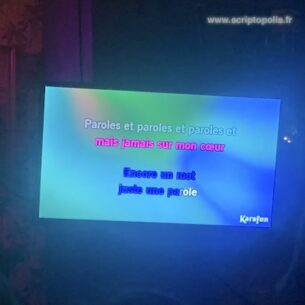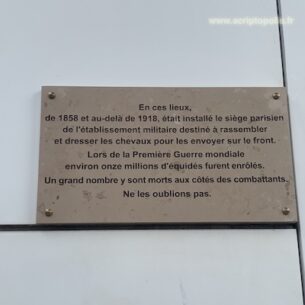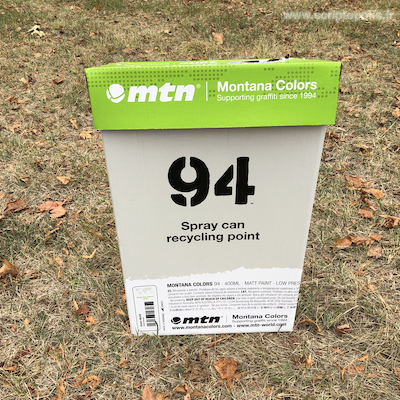Responsible
Pressigny-les-Pins, august 2020.
During its expansion, the aerosol technology quickly spread to a diverse range of products, including the propulsion of colored pigments. Primarily intended for coachbuilders and construction workers, spray paint has gradually become popular, appearing prominently on the shelves alongside other crafts tools. However, it was not until the mid-1960s that it became a full-fledged inscription technology, systematically used as a writing instrument by the pioneers of graffiti writing. Restricted by the first manufacturers, the palette of available colors has greatly expanded with the formation of a specific market and its different brands. Among these, some have survived the technical modifications generated by controversies over the harmful effects of certain components (i.e. solvents or propellants) on the environment and the health of users. Others have continued to exist, navigating between the risk of stigmatization in the face of increasingly strict legislation against a writing practice deemed dirty and criminal, and the promotion of the urban arts as an official supplier or sponsor of an event. Still others, sometimes the same ones, have also taken the turn of the circular economy, valuing the reasoned recycling of used products. Made of carton that is itself recyclable, this bollard is visibly placed, like its counterparts in the four corners of a festival, to collect spray paint cans emptied over several days by graffiti artists and street artists. As a simple receptacle for a multitude of used containers, it is at the same time a genuine Pandora’s box of responsibilities firmly associated with this writing technology.







